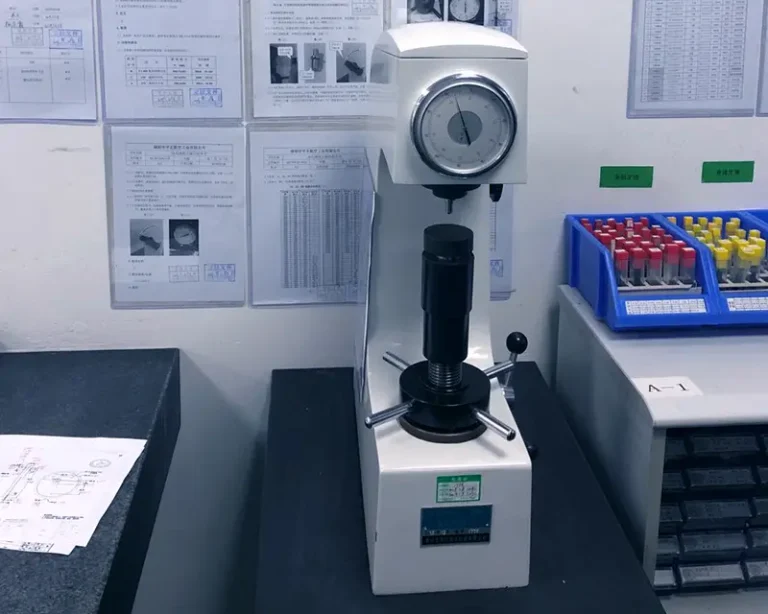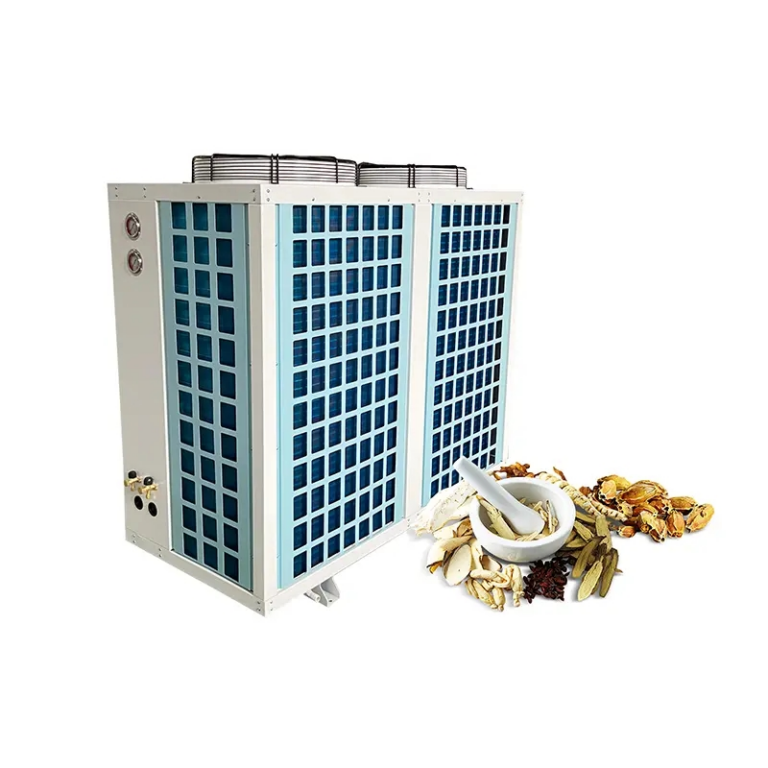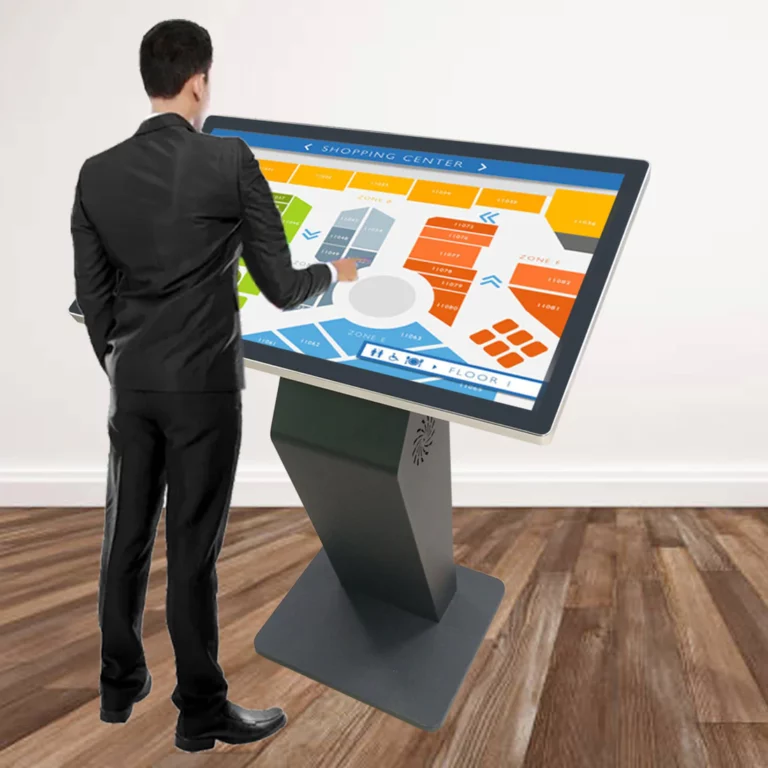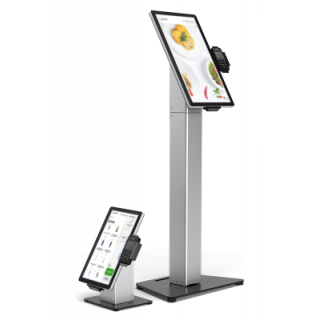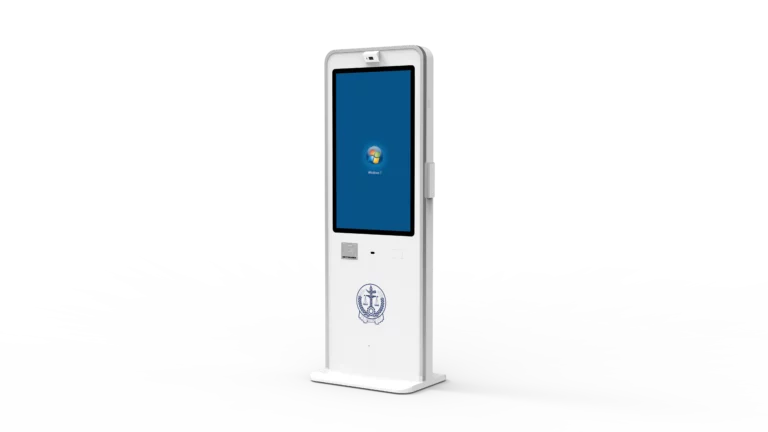目录
Self-service terminal machines are modern electronic devices designed to enhance user experience by allowing individuals to complete various tasks without needing assistance from a human operator. These machines are commonly found in high-traffic areas like airports, shopping malls, train stations, supermarkets, and even healthcare facilities. They serve multiple purposes, including ticketing, check-ins, payment processing, and self-checkout, streamlining operations for both customers and businesses.
The Convenience of Self-Service Terminal Machines
The primary advantage of self-service terminal machines is their ability to provide convenience. These machines are particularly useful in environments where queues and long wait times are common. In airports, for instance, passengers can check in, print boarding passes, and even change flight details without waiting in line for a human representative. Similarly, in retail settings, customers can scan and pay for items without waiting at traditional checkout counters. By reducing the dependency on human interaction, these machines save users both time and effort, creating a smoother and faster experience.
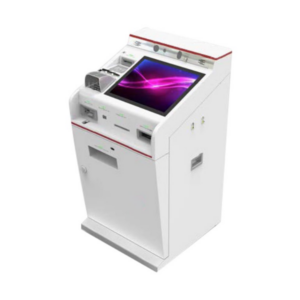
Efficiency and Scalability for Businesses
Another significant benefit of self-service terminal machines is their efficiency. These machines can process a high volume of transactions within a short period, making them ideal for businesses that need to manage large numbers of customers in a limited amount of time. In the hospitality industry, for example, guests can check-in and even access their room keys using self-service terminals, freeing up staff to focus on other tasks and improving the overall flow of operations.
Businesses can also integrate self-service machines with other systems, such as inventory management, point-of-sale systems, and customer relationship management (CRM) tools. This level of integration helps improve business efficiency by offering real-time data and reducing the potential for human error. Additionally, with fewer staff needed for basic tasks, operational costs can be reduced.
User-Friendly Interface and Accessibility
Self-service terminal machines are designed with ease of use in mind. The interfaces typically feature large, easy-to-read displays and simple navigation controls, making them accessible to people of all ages and abilities. Many machines incorporate touchscreens, which allow users to interact intuitively with the system. These user-friendly designs make self-service machines highly adaptable to different environments, ensuring that both tech-savvy individuals and those less familiar with technology can use them with ease.
For example, a grocery store self-checkout machine provides clear prompts on the screen, guiding users through the process of scanning items and completing payments. If there’s any issue, such as an item needing verification, the machine automatically signals for assistance, ensuring that customers can quickly receive help without any disruption.
Applications Across Various Industries
Self-service terminal machines are not limited to just one industry but are used across various sectors. In addition to airports and supermarkets, these machines are increasingly prevalent in industries like healthcare, transportation, and hospitality. For instance, at hospitals, patients can check in for appointments, pay bills, and even access health records using self-service kiosks. In public transportation systems, these machines provide passengers with the ability to buy tickets, check schedules, or inquire about routes in real-time.
The ability to customize self-service machines for specific industries also increases their versatility. Whether it’s a ticket vending machine at a subway station, a self-checkout at a retail store, or an interactive information kiosk at a museum, these devices offer tailored services that enhance user satisfaction and convenience.
Conclusion
In conclusion, self-service terminal machines offer a wide range of benefits for both users and businesses. They provide a faster, more efficient, and convenient way to complete tasks, reducing wait times and increasing customer satisfaction. Businesses benefit from increased efficiency and reduced operational costs while providing users with an intuitive, easy-to-use platform for managing their transactions. As the demand for seamless, automated experiences grows, self-service terminal machines will continue to play a pivotal role in shaping the future of customer service across a variety of industries.
0


